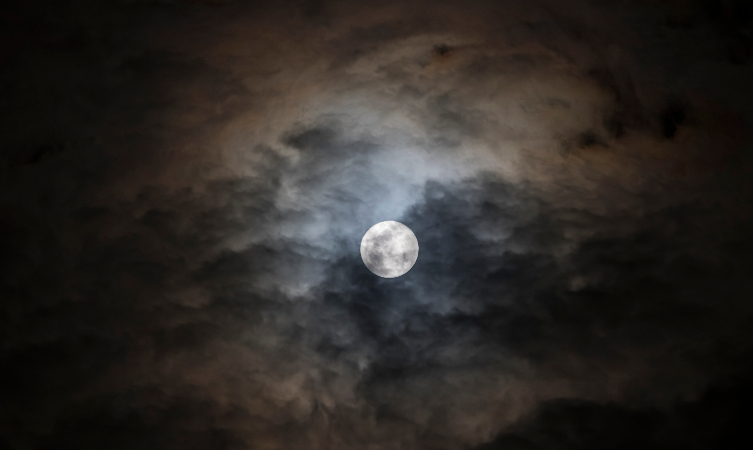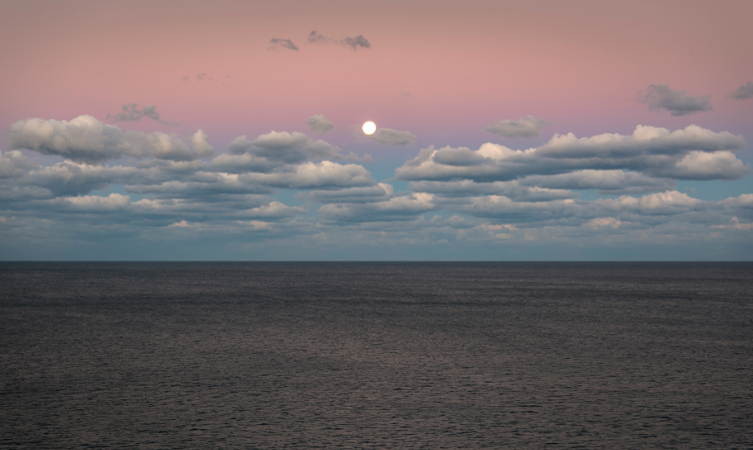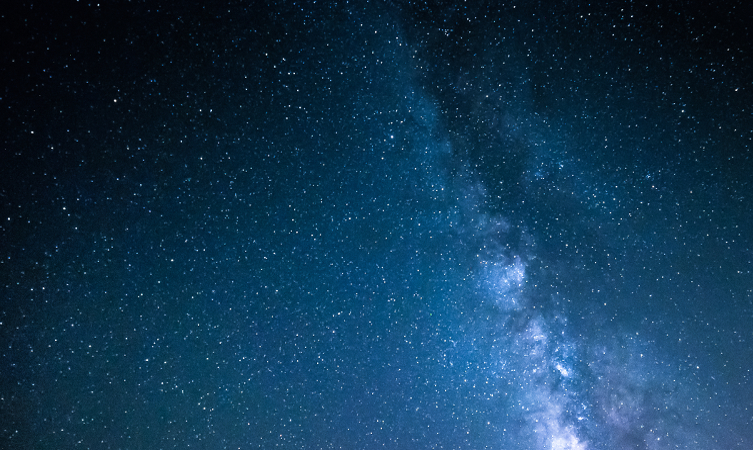Astronomers and stargazers the world over are eagerly awaiting the next big lunar event: the super blue moon eclipse on January 31st. The natural phenomenon will see a combination of three occurrences, amounting to one brilliant and unique spectacle. While only certain parts of the world will be privy to the eclipse, the stunning view of the moon at this time can be seen by all.
What are the three lunar events?
Supermoon – a ‘supermoon’ occurs when there is a full moon at the same time as when the moon is at the closest point to earth during its orbit, making it appear around 14% larger than usual.
Bluemoon – ‘bluemoon’ is the term used to describe the second full moon in one calendar month – a rare incident, hence the phrase ‘once in a blue moon’.
Lunar Eclipse – this happens when the moon, sun, and earth are all aligned, and the moon sits within the earth’s shadow.

When can I see the supermoon?
In the UK, on January 31st the moon will be at full phase at 13.26 GMT. While of course at this time we won’t have an optimum view, by sunset that evening – which is estimated to be just before 5pm – look to the skies and you should see a stunning, majestic moon. Tip: use binoculars or even a telescope for an even better, closer image.
Who will see the eclipse?
While areas of Europe, Africa, and Asia won’t see the full lunar eclipse, there are many parts of the world that will. If you’re fortunate enough to be abroad during this time, locations such as North America – including Hawaii – Indonesia, New Zealand, and Australia will witness the incredible event. If you’ll be in the US, look to the skies just before sunrise on January 31st, or for the other destinations, it will be after sunset on January 31st.

Where are the best places to star-gaze?
The optimum areas for any astronomical sightings are where there is little in the way of light pollution. What better location than the middle of the ocean? Those on a cruise are in the perfect position to watch the night sky and all its beautiful details. Imagine being curled up under a blanket on the top deck, with your loved ones, taking in every single star as far as the eye can see. With the only artificial lights being those on the ship, star gazers will be astounded by just what’s out there – especially if they do see the magnificent supermoon.
If you’ll be in the UK for the night of January 31st, driving to a quiet, rural area will give you the best view of the supermoon.
Which cruises are best for star gazers?
If you remember to pack your binos for your cruise holiday, you will of course be able to bask at the night sky whenever you wish, however there are some cruise lines that offer a focus on star-gazing should you be looking for something special.

At times all of us find ourselves contemplating the cosmos, and there is no better way to nourish this interest in the beyond than evenings spent gazing at the universe. Whether you’ll be on a cruise ship, or simply in your own back garden, be sure not to miss the January supermoon.
